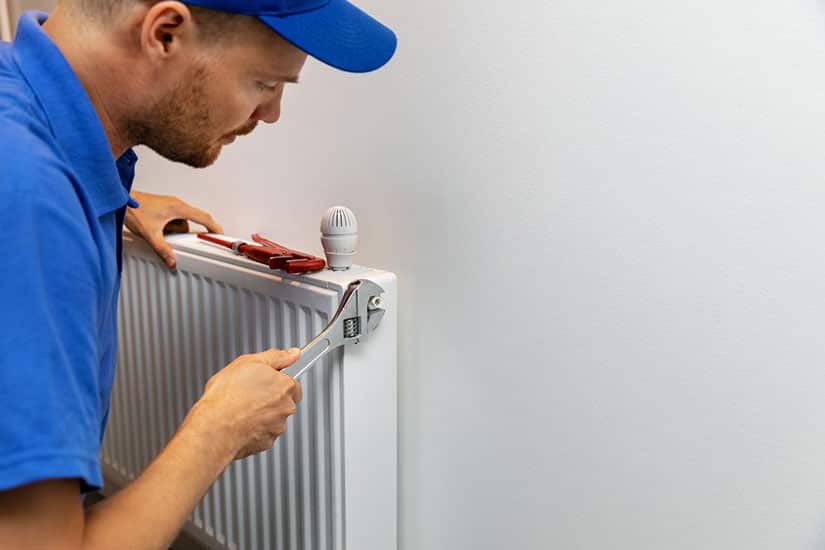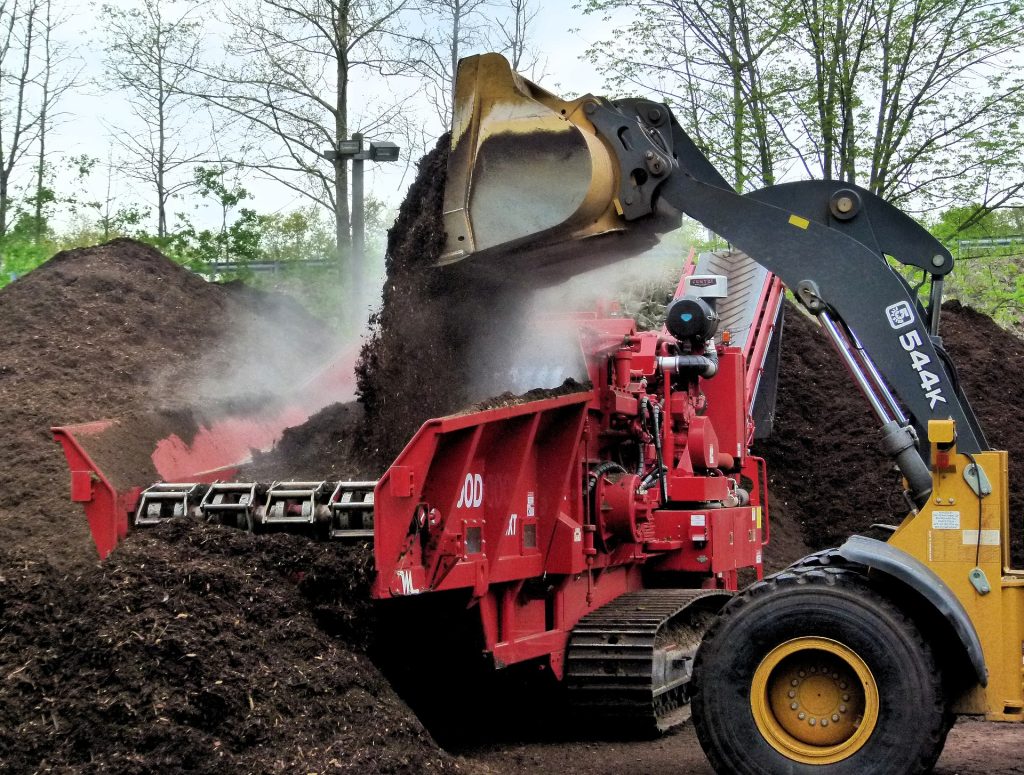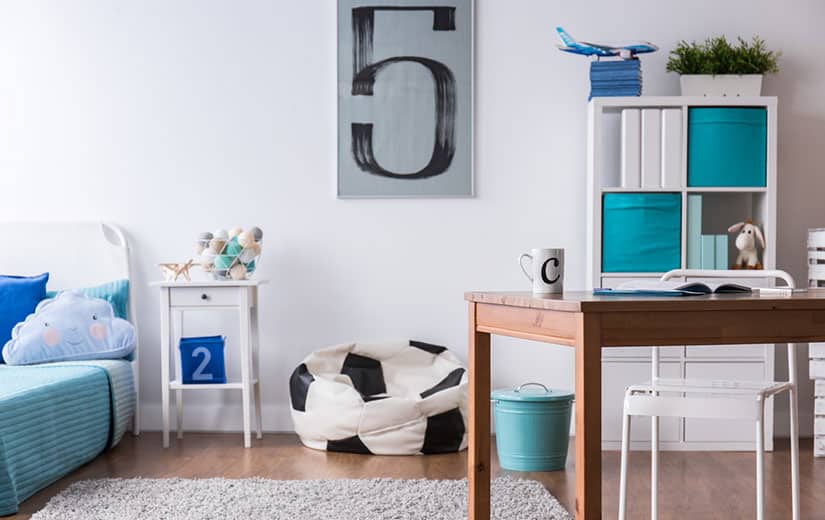The purging of the radiators is carried out regularly whether in a single-storey or two-storey house. This operation, quick and easy, does not require the intervention of a heating engineer. Discover all the steps to drain the radiators yourself. And follow our advice to carry out the operation in the rules of the art if you live in a house with one or more floors. We also answer all your questions about the presence of mud in your devices, and the pressure of the radiators. Everything you need to know about how to bleed the radiators in a two-story house, and extend the life of your boiler.
Summary
Why should the radiators in a house be emptied regularly?
Purging the radiators (or draining them) is a good habit to adopt. Besides, he is recommended to do this at least once a year. This makes it possible to optimize the performance of its installation and to extend the life of the boiler, which is then less stressed.
Bleeding the radiators is a simple operation, which does not require the intervention of a professional. The objective is then to evacuate the air bubbles that are trapped inside the device. These can prevent the heater from working properly. Note that in a two-story house, the appearance of air is more frequent. It is therefore essential to purge the radiators regularly, whether on the ground floor or upstairs.
Read also: I heat my house economically with the pellet stove
When should you bleed the radiators? Signs that should alert
Although it is advisable not to wait for any particular sign to bleed the radiators, certain phenomena should alert you.
First, it is advisable to bleed the radiators in a two-storey house before restarting the boiler.
Then, whenever a radiator does not have the same temperature over its entire surface, it is advisable to drain it.
Finally, if you experience noise problems on your radiators, it is likely that they need to be purged. Generally, these noise pollution resemble whistles.
How to bleed the radiators in a two-story house? The method to follow.
To bleed the radiators of a house, there is a easy do-it-yourself technique. It suffices to carry out the operation cold, with the boiler stopped. In terms of materials, you will need pliers or a screwdriver as well as a small container.
To begin with, know that most current radiators are equipped with a bleeder. It’s a small screw surrounded by a white outline. You will find it at the top of the radiator, opposite the pipes.
To bleed the radiator, simply turn this screw using a screwdriver. Continue turning until air escapes from the device.
Note that on older radiators, the operation requires pliers instead of a screwdriver. Water will flow out at the same time, which requires the presence of a small container nearby. To properly bleed the radiator, the equivalent of a small glass of water must flow.
Finally, once the radiator has been purged, simply screw it back on. And once the boiler is restarted, check that all the screws of the radiators are tightened.
Advice : whether it is a one-storey or two-storey house, it is better to start with the radiator located closest to the boiler and finish with the furthest. Be careful, if you only bleed the radiators on the upper floor, i.e. where the air accumulates the most, the devices risk filling up with air again as soon as the restarting the circulation pump, sucking in the one that remained on the lower floors. When you drain, do not neglect any device.
Can there be mud in a radiator?
If the water coming out of the radiator is rather dark, your appliance may contain mud, which is clogging the pipes. Mud sometimes accumulates over time in the network and then prevents the proper circulation of water in the circuit. In this case, a sludge removal must be carried out.
In reality, it’s not really mud. It is the heating water that oxidizes the metal of the pipes by dint of circulating closed. On its way, the water carries away the metallic oxides which are detached from it. This is the cause of the brownish color of the water. Due to its thick texture and unpleasant smell, it is compared to mud.
How to remove sludge from radiators?
In the event of a heating system clogged with sludge, you can use a product that cleans your pipes thoroughly. The solution makes it possible to combat the phenomenon of oxidation.
Follow these steps:
- drain your radiators by following the steps of the classic purge;
- then, introduce the specific sludge removal product via the filler tap;
- then leave to act for 15 minutes so that the product is well distributed throughout the installation;
- carry out a final drain to purge your heating system of the product;
- finally, rinse thoroughly.
how to pressure radiators, after purging?
Another important operation is to realize the pressure of the devices. By bleeding the radiators, you may have lowered the pressure inside the circuit. To restore it, simply add water through the filling valve. It is located below or in the immediate vicinity of the boiler.
To perform the pressure, follow these steps:
– open the filler valve carefully and watch the pressure gauge. It is a sort of needle meter located on the boiler’s dashboard;
– fill with water;
– stop and close the valve as soon as the needle reaches the recommended pressure. This differs depending on the model. However, it is identifiable by the green area of the pressure dial.
Advice : to realize the pressure, if you ever have a doubt, be vigilant. Call a heating engineer instead.
Read also : How to reduce the GHG of a house




